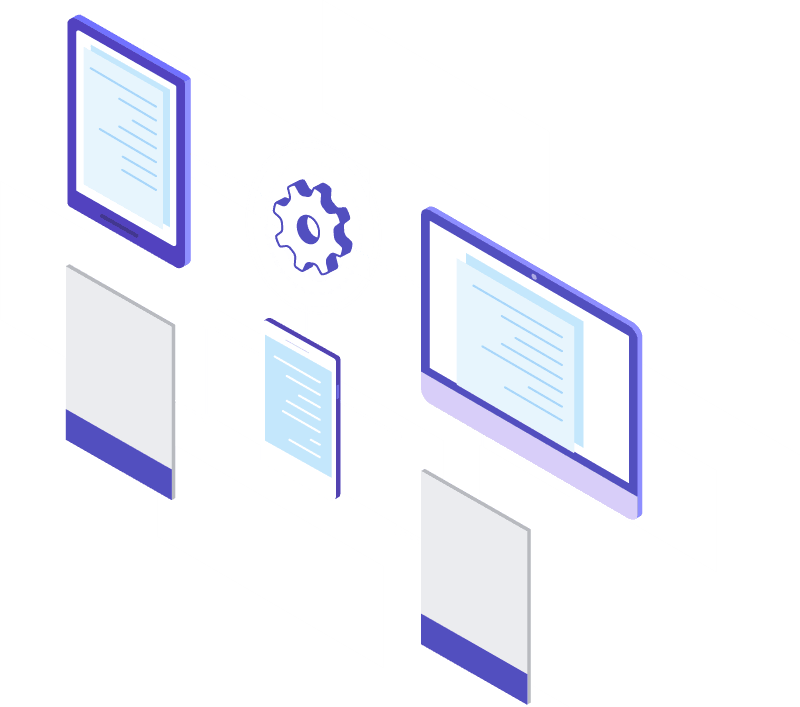Information Symmetry
One of the challenges we face in the digital transformation is how to minimize or remove the information asymmetry within the organization where one stakeholder has more information about something and other stakeholders do not have the same level of information. In this post let us discover more about it.

Caveat emptor to caveat venditor
These are two popular latin phrases which mean the following.
Caveat venditor – Let the seller beware
Caveat emptor – Let the buyer beware
The world of sales is the perfect example of information asymmetry. Sellers do not disclose all the details of the product, its warranty and other information to the potential customers and potential customers did not have enough information to make a confident decision. This is now in the reverse. The buyer is now aware of not just the product they are planning to buy but also the competitors product and they compare it easily and question the value and cost of the sales and service. Take for example Amazon. Amazon shows the list of buyers seilling the same product and review of the product from each vendor. Amazon has empowered its user to know more not just about the product but also about the vendor who is selling it. To some extent Amazon has minimized the information asymmetry between the buyer and the seller on its platform.
Lender borrower information asymmetry
One of the information asymmetries that banks faced from the beginning of the history is the details about the individual who applied for a loan. For them to assess the risk of the loan they need more information about the borrower and the borrower will not disclose all the information to the bank. The recent problems faced by Indian banks due to the loans against non-performing assets affected economy and loan to even common man got more scrutiny and more rejections. For banks the information asymmetry is very costly. Think about how the information asymmetry may be a problem for your company in the context of transcations with customers and vendors.
Principal–agent problem
The problem between various layers of management in an organization can easily be described by the principal-agent problem which is stated below.
Scenario in which the representative of the group and the group members have a disagreement or conflict in the priorities of problems to address.
This problem is caused mainly due to the information asymmetry between the stakeholders. Even when delegating the tasks to someone the information asymmetry is what causes the agent to not take reponsibility of the full consequences arising out of the work. The real deadline is not known to most of the people who are actually working on the tasks. The pipeline of tasks is not provided to the people doing the work. These are all internal information asymmetries that companies need to solve.
Solution to information asymmetry
The first step that enterprises should take to address this information asymmetry is to build a unified data warehouse. The unified data warehouse provides two most powerful benefits. One is it acts as a single source of truth and the other is it brings the data out of silos. Building this unified data warehouse should be a priority project in your roadmap of digital transformation projects. The sooner this is built the quicker we can address the information asymmetry. We will be posting a detailed content about building unified data warehouse for your company in a separate post.
Democratization of data
The real steps that take companies closer to solving the information asymmetry is democratization of data. Data must be available to all stakeholder equally. To make this data more useful companies need to provide various tools for users to try and learn and pick the one that has minimal learning curve for them. I have seen companies that allow their users to query the data from unified data warehouse using Excel, Tableau and Power BI and even canned reports. Train the users to pull the data they need for the problem they are trying to solve and get a 360 view of the problem from point of view of all stakeholders involved in a decision making.
Conclusion
Once companies tries to solve the information asymmetry problem then it increases colloboration between stakeholders, decision making is now data-driven, people will be asking right questions, relationship between people becomes frictionless. If you need help with solving this information asymmetry problems in your organization you can reach out to us.
H.Thirukkumaran
Founder & CEO
H.Thirukkumaran has over 20 years of experience in the IT industry. He worked in US for over 13 years for leading companies in various sectors like retail and ecommerce, investment banking, stock market, automobile and real estate He is the author of the book Learning Google BigQuery which explains how to build big data systems using Google BigQuery. He holds a masters in blockchain from Zigurat Innovation and Technology Business School from Barcelona Spain. He is also the India chapter lead for the Global Blockchain Initiative a non-profit from Germany that provides free education on blockchain. He currently lives in Chennai India.
